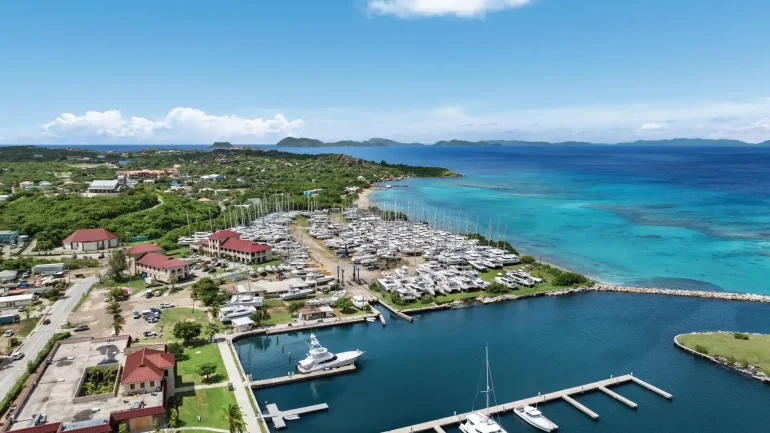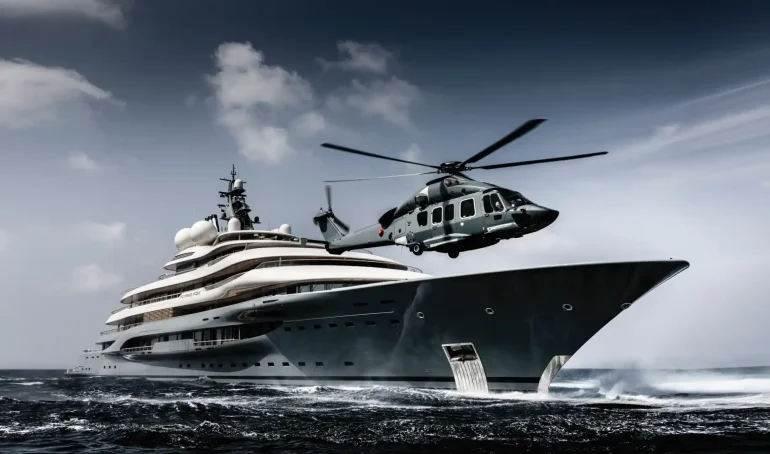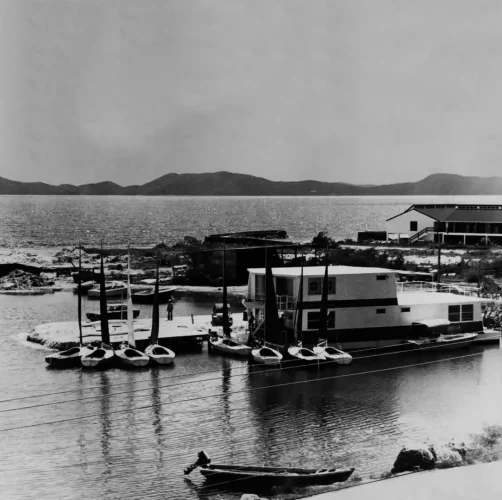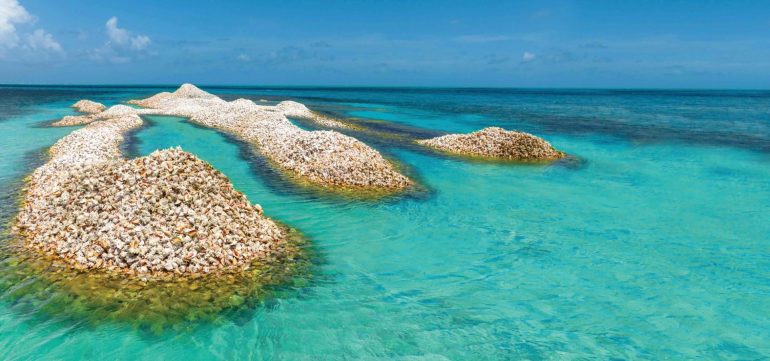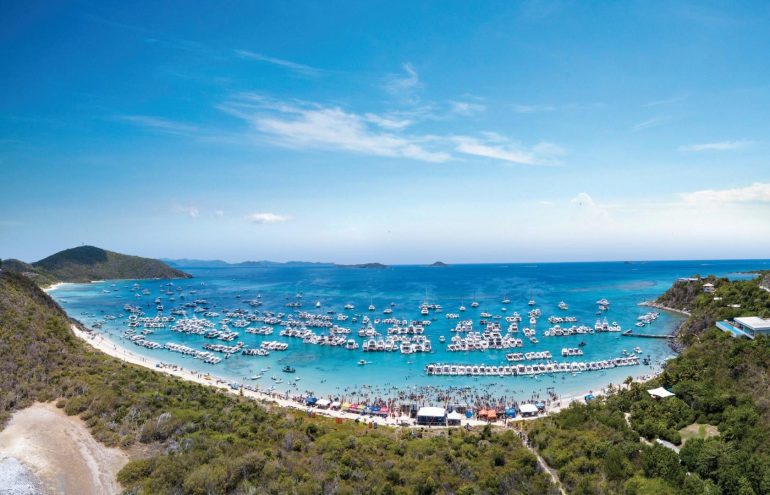Starting Small
For those of you who have read about my adventures in learning to sail, you’ve probably ascertained that I get a bit nervous when a boat starts to heel, especially when I’m helming. My shrieks can be heard as far as St Thomas.
After publishing the account of my first experience on the water, I received the following email from Alison Knights Bramble from the BVI Watersports Centre: “I was waiting for an appointment this morning and read your piece on sailing lessons. I didn't realise that you have an issue with capsizing, not that this is uncommon. Bear in mind that all your instincts are screaming at you that your body should be upright! You need to sail a dinghy and more than once.”

I accepted Alison’s offer to teach me on a dinghy, so on a sparkling Thursday afternoon, I drove to Manuel Reef and met up with Alison, along with Jenny Gulland from the Boat House Restaurant, for some lessons. My sailor pals in the US, UK, Canada and BVI all learned on dinghies when they were kids. This seemed right to me. So far, I’d been learning to sail on the BVI’s signature one-design racing boat, IC24s. Sort of like learning to drive in a race car. Jenny used to crew on bigger boats, but, like me, she’d never sailed a dinghy.
When Eben Meyers, a sailing instructor at the Centre, handed me and Jenny our life vests, I wondered how this was supposed to be less scary than learning in the bigger boats. The need for a life vest implied that there was a chance we’d end up in the water. Then, when Eben drove Alison, Jenny and me in the RIB to the dinghy—a 15’10” Wayfarer— in Sea Cow’s Bay, the first thing I noticed was that it had no lifelines. And I was supposed to feel more comfortable in a dinghy? Once we boarded, Alison informed us that our feet should always be tucked under the toe strap—a seatbelt-like strap running along the floor of the boat. Again, I needed to hold on with my feet to make sure I didn’t fall in? I wasn’t too sure about this.
We hoisted the main, unfurled the jib and Alison drove, overseeing the tiller and main sheet. Jenny and I sat on either side of the Wayfarer, each responsible for a jib sheet. It was a bit cramped ducking under the boom when the sails were on my side of the boat, but when we tacked, I really got to stretch out—thanks to that nifty toe strap.
Alison encouraged us to hike out as far as possible. The concept of stretching most of my body outside of the boat seemed strange, but I trusted her, so I made sure my feet were hooked under the strap, hiked my butt over the deck and leaned back into the open air. The sensation of using my body to counterbalance the boat felt natural, and the physics of it made sense.
I also felt more connected to the water due to the lack of lifelines and my proximity of the sea. When sailing on a bigger boat, I’m often metres above the sea separated by “life lines” that, well, are supposed to save my life which implies that my life is threatened when sailing. Scary. On those occasions, the sea appeared to be the menacing force that makes matchsticks out of masts. When sailing on a dinghy, the sea returned to the state that I recognized—the pacifying calm I frequently sought for submersion. I felt more connected to the sea than I ever had on a boat or even on a windsurfer, for that matter.

After a few more tacks, Jenny and I took turns driving the boat around the bay, then Eben brought the safety boat over to pick up Alison, and she left us on our own. I got splashed a few times when crewing, and my boardshorts weren’t made from a particularly grippy fabric, so I slid around a little bit, but neither of us fell in. We navigated around Manuel Reef until it was time to head back to the Watersports Centre. The lesson just whetted my appetite for more dinghy sailing, but I think I need to get into something even smaller, so it’s going to be a Pico next. Alison insists I need to capsize a few times to definitively dispel my fear. Thankfully, I have a waterproof camera.
